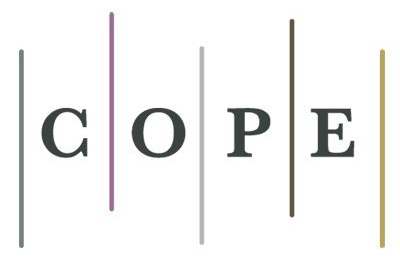Acute confusional syndrome in hospitalized patients: frequency and associated risk factors
DOI:
https://doi.org/10.22529/me.2024.9(1)02Keywords:
Acute Confusional Syndrome, Internship, Prevalence, Risk factorsAbstract
INTRODUCTION: Acute confusional syndrome (ACS) is characterized by an altered level of attention and consciousness, with additional changes in cognition that tend to fluctuate over time. It is the most common complication in adult hospitalized patients.
OBJECTIVE: To determine the frequency of complications with ACS in adult patients hospitalized in a common room and to identify associated risk factors. To compare the clinical and evolutionary characteristics of the patients who presented ACS during their hospital stay in comparison with those who did not present this complication. To determine the in-hospital mortality of patients complicated by ACS.
MATERIALS AND METHOD: Observational, retrospective, analytical study. Adult patients, of both sexes, admitted to the common room of the Reina Fabiola University Clinic during 2019 were evaluated. The presence of ACS was determined with the Confusion Assessment Method (CAM). The following variables were analyzed: age, sex, length of hospital stay, index of functional independence in activities of daily living (ABVD) at the time of admission, ACS subtype, Charlson comorbidity index, final hospitalization diagnosis, requirement of transfer to a critical care unit, requirement of probes, drains, nutritional support and in-hospital mortality. For the comparisons, the Student's T test or non-parametric tests were applied for those that did not meet the normality requirements, while in the case of categorical variables, Chi-square tests were applied with Fisher's exact test if required.
RESULTS: The data of 1366 patients were analyzed, of which 162 (11.9%) presented ACS as an in-hospital complication. Sixty-two (38.30%) cases were characterized as mixed type ACS. ACS occurred more frequently in patients over 70 years of age (≥ 70 Years = 61.70% vs < 70 Years = 14.40%, OR = 9.61; CI = 6.73 - 13.71). In the ACS population, 150 patients (92.60%) were categorized within the “high comorbidity” subgroup according to the Charlson comorbidity index. These patients also presented a greater deterioration in functional status prior to hospitalization in terms of carrying out activities of daily living (dependence in ACS= 53.10% vs dependence in the absence of ACS= 1.70%, OR= 66.98; 95% CI = 39.07 – 114.81); a greater requirement for invasive catheters (68.80% vs 36%, OR= 4.11; 95% CI= 2.87 – 584) and nutritional support (27.20% vs 3.30%, OR= 10.85; 95% CI= 6.79 – 17.33); as well as they were also related to a greater extent with prolonged hospitalizations (Stay ≥ 4 days= 87% vs 56.90%, OR= 5.09; 95% CI= 3.17 – 8.16), and more frequently required hospitalization in a critical care unit (37.70% vs 12.10%, OR= 4.38; 95% CI= 3.05 – 6.29). Regarding the diagnoses at the time of discharge, those that were significantly higher in the population of patients with ACS, compared to the group that did not present said intercurrence were: infectious diseases: 54 (33.30%); kidney diseases: 26 (7.40%); respiratory diseases: 9 (5.60%); cardiovascular diseases: 7 (4.30%). In-hospital mortality in the ACS population was 13.60%.
CONCLUSION: The frequency of ACS in our institution was similar to that reported in the literature. The most frequent form of presentation was the mixed subtype. ACS occurred more frequently in patients older than 70 years, with multiple chronic comorbidities, a greater deterioration in functional status prior to hospitalization, a greater requirement for invasive catheters and nutritional support, and longer hospitalizations. Infections were the most frequent associated medical condition and in-hospital mortality occurred with an incidence of 13.6%, coinciding with that reported in other series.
Published
How to Cite
Issue
Section
License
Copyright (c) 2024 Methodo Investigación Aplicada a las Ciencias Biológicas

This work is licensed under a Creative Commons Attribution-NonCommercial-ShareAlike 4.0 International License.




















